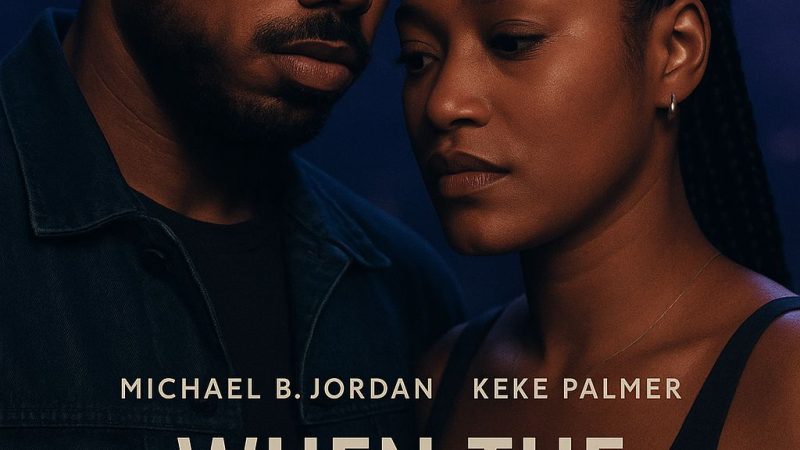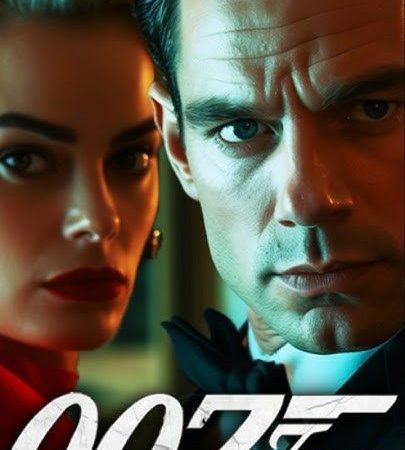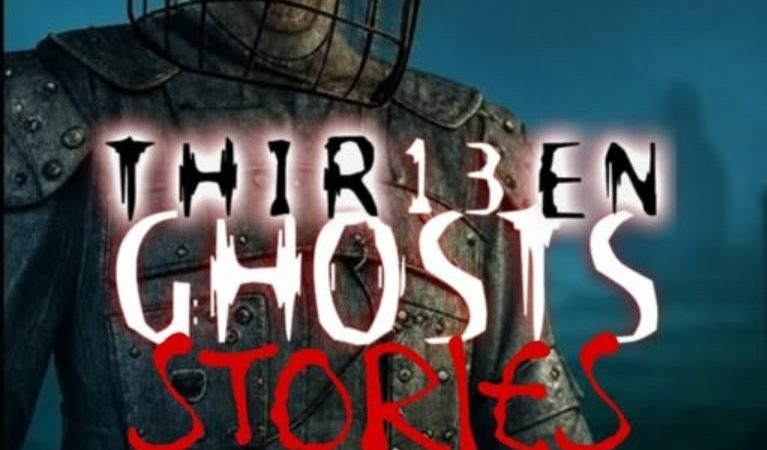“Save the Last Dance” (2001): A Dance of Identity, Love, and Cultural Bridges
Released in 2001 and directed by Thomas Carter, Save the Last Dance is a captivating romantic drama that explores themes of personal growth, cultural identity, and the transformative power of dance. Starring Julia Stiles as Sara Johnson and Sean Patrick Thomas as Derek Reynolds, the film seamlessly blends a heartfelt story with vibrant dance sequences, leaving a lasting impression on audiences worldwide.
The film follows Sara, a young girl who relocates to Chicago after the death of her mother. Struggling to adapt to her new life and mourning her mother’s passing, Sara finds solace and expression through dance. Her world changes when she meets Derek, a talented hip-hop dancer with big dreams. Despite their differences in background, the pair forms a bond that transcends cultural boundaries and personal challenges, ultimately leading to a deeper connection built on mutual respect, love, and the shared passion for dance.
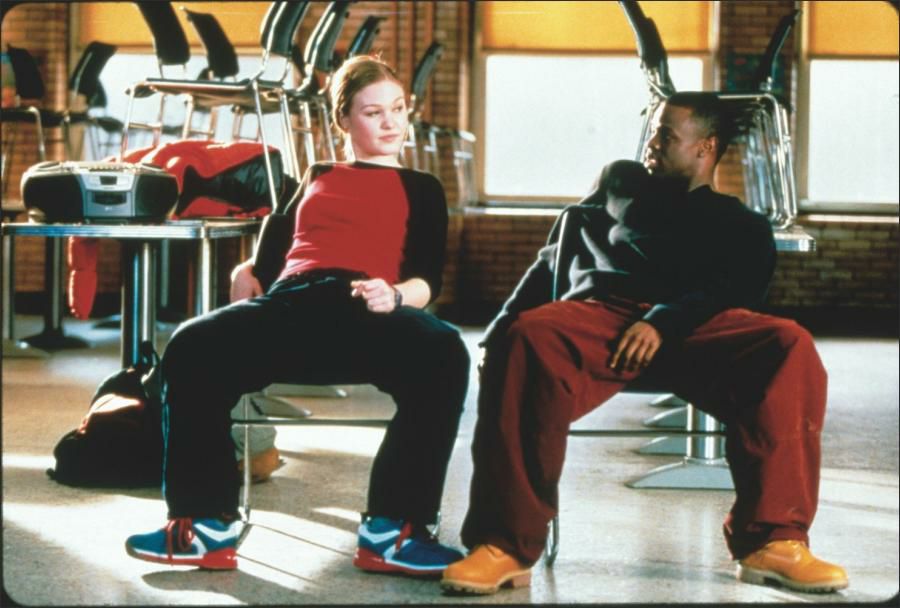
One of the film’s most striking features is its exploration of cultural differences. The relationship between Sara and Derek blossoms amidst the tensions between their contrasting lives, as Sara comes from a predominantly white, suburban background, while Derek is from a Black, working-class neighborhood. Save the Last Dance goes beyond romance, delving into the complexities of race, class, and the shared humanity that connects people from all walks of life.
Critics have noted the film’s ability to engage audiences with its emotional depth and strong performances. Julia Stiles, known for her role in 10 Things I Hate About You, delivers a heartfelt portrayal of Sara, a girl on a journey of self-discovery and resilience. Sean Patrick Thomas complements her performance as Derek, infusing the character with depth and authenticity as he grapples with his own aspirations and the expectations placed on him by society.
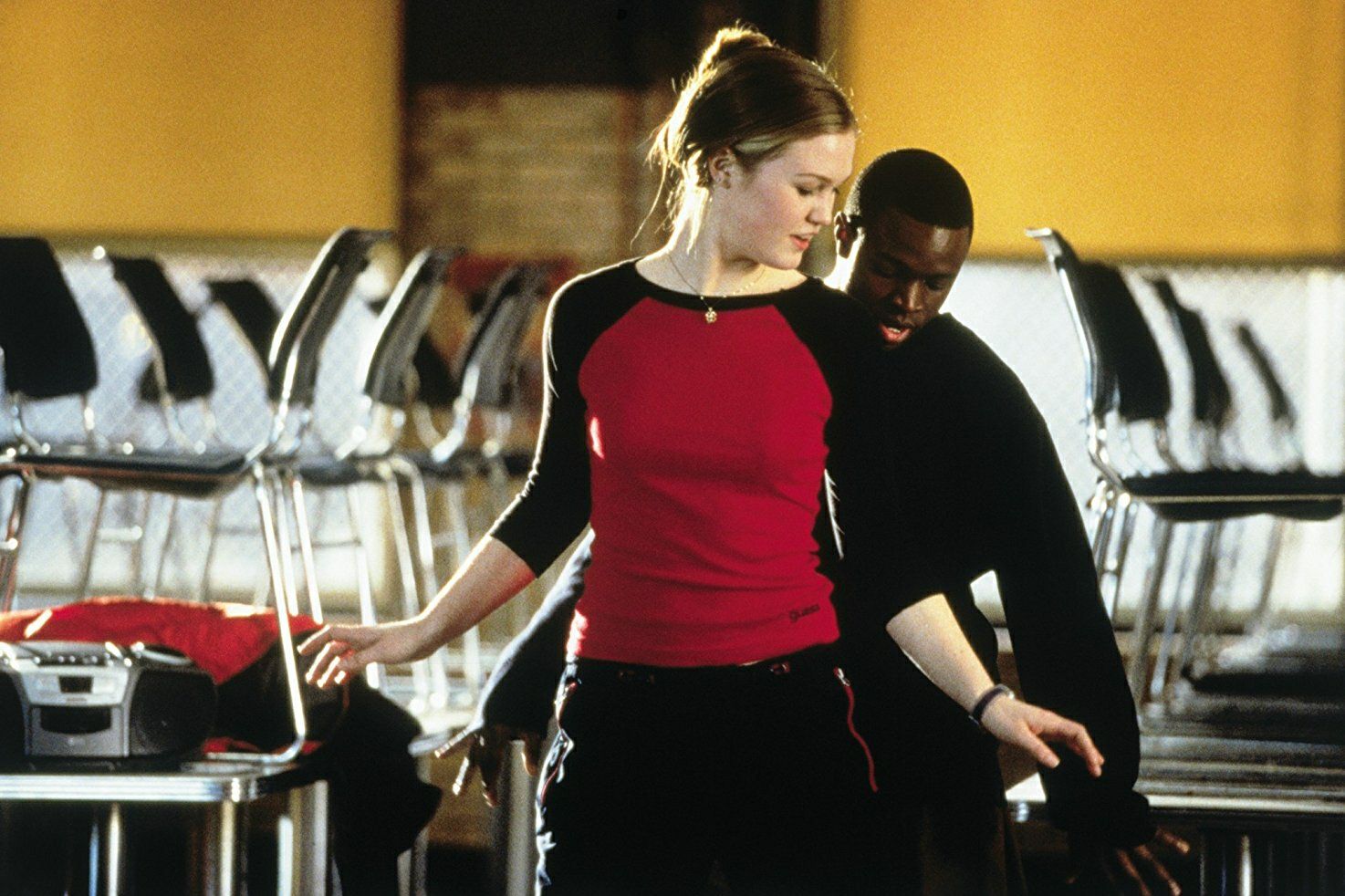
Carter’s direction masterfully balances the romantic and dramatic elements of the story while incorporating vibrant dance sequences that add energy and excitement. The choreography, however, has drawn mixed reviews. Some praised the dynamic dance scenes that reflect Sara’s growing confidence and her deepening relationship with Derek, while others criticized the film’s portrayal of hip-hop culture as lacking nuance. Despite these critiques, the dance moments are undeniably captivating and play a crucial role in conveying the characters’ emotional journeys.
The film’s soundtrack, a mix of hip-hop and R&B, enhances the cultural richness and emotional resonance of the film. Songs like “Dancing” by Nas and “Breakin’’” by Biggie Smalls give the film an unmistakable urban flair, underscoring the fusion of art and life in the world of dance.
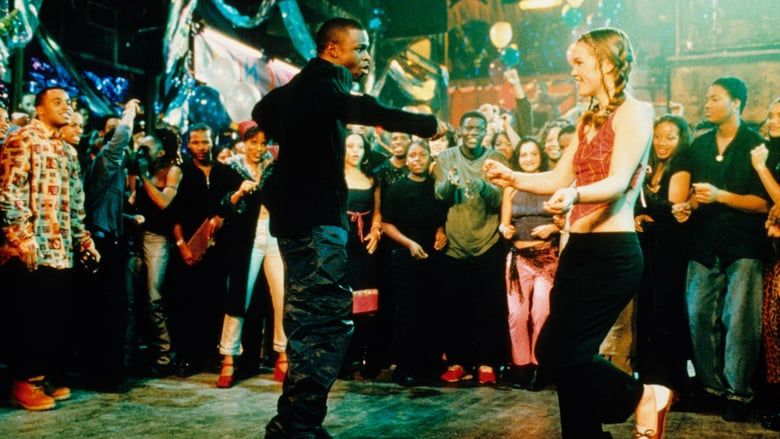
Save the Last Dance also stands out for its commercial success, grossing over $131 million worldwide against a budget of just $13 million. This success was fueled by the film’s broad appeal, its themes of self-expression, and its celebration of diversity. It sparked meaningful conversations around race, relationships, and artistic ambition, earning a place in the teen drama genre’s pantheon. Even years after its release, the film continues to inspire critical discussions and analyses on both a cultural and cinematic level.
While some aspects of the film, such as its portrayal of hip-hop culture, may have left room for deeper exploration, Save the Last Dance remains a powerful and memorable narrative about love, ambition, and the ability to overcome adversity. It stands as a testament to the power of dance as a vehicle for personal expression and a medium for bridging cultural gaps.
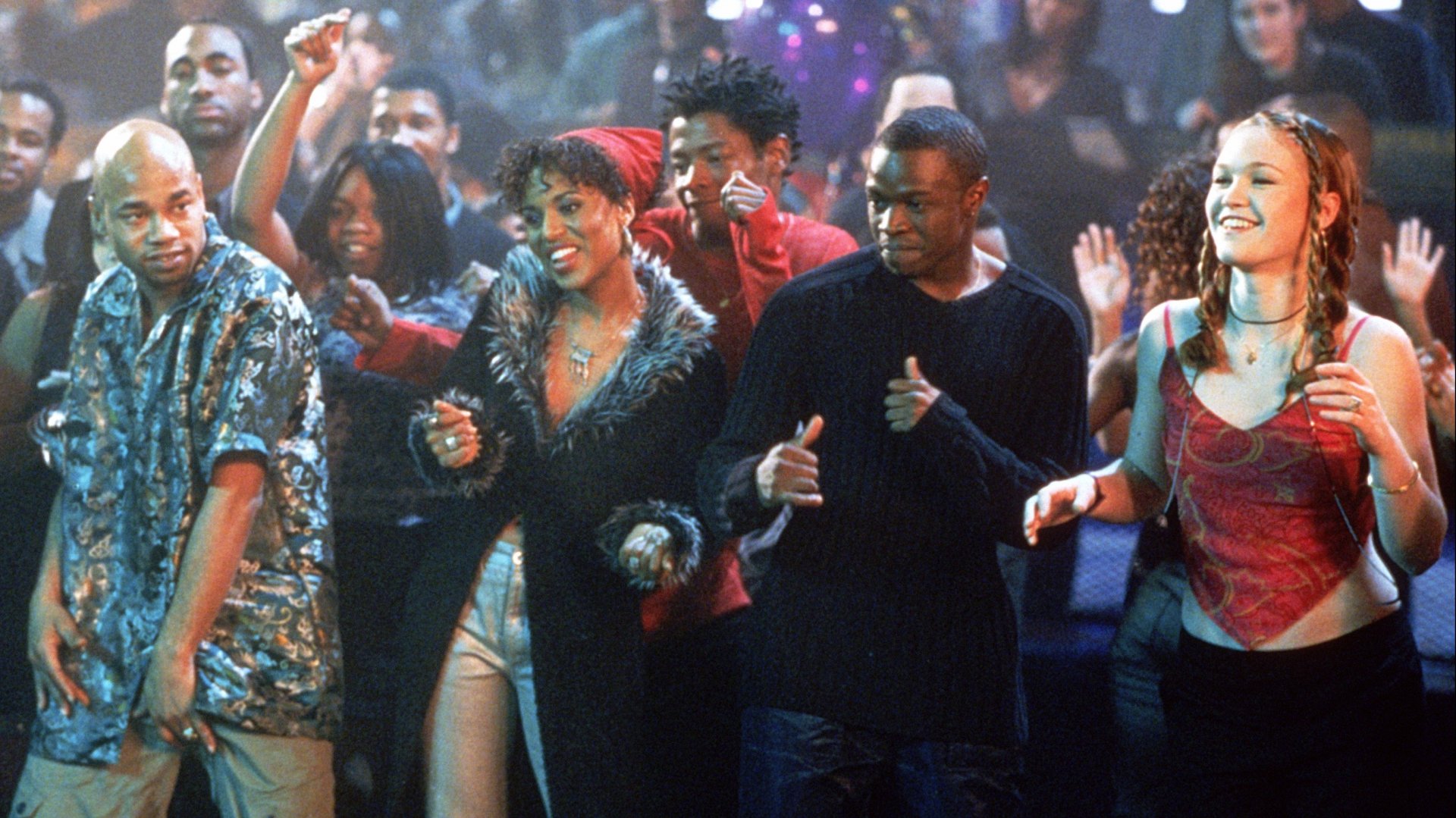
For those interested in revisiting this emotional and inspiring film, Save the Last Dance is available for streaming on platforms like Amazon Prime Video and Hulu. Whether you’re drawn to the compelling love story, the powerful performances, or the electrifying dance sequences, Save the Last Dance offers something for everyone, making it a film that continues to resonate with audiences long after the last dance.
